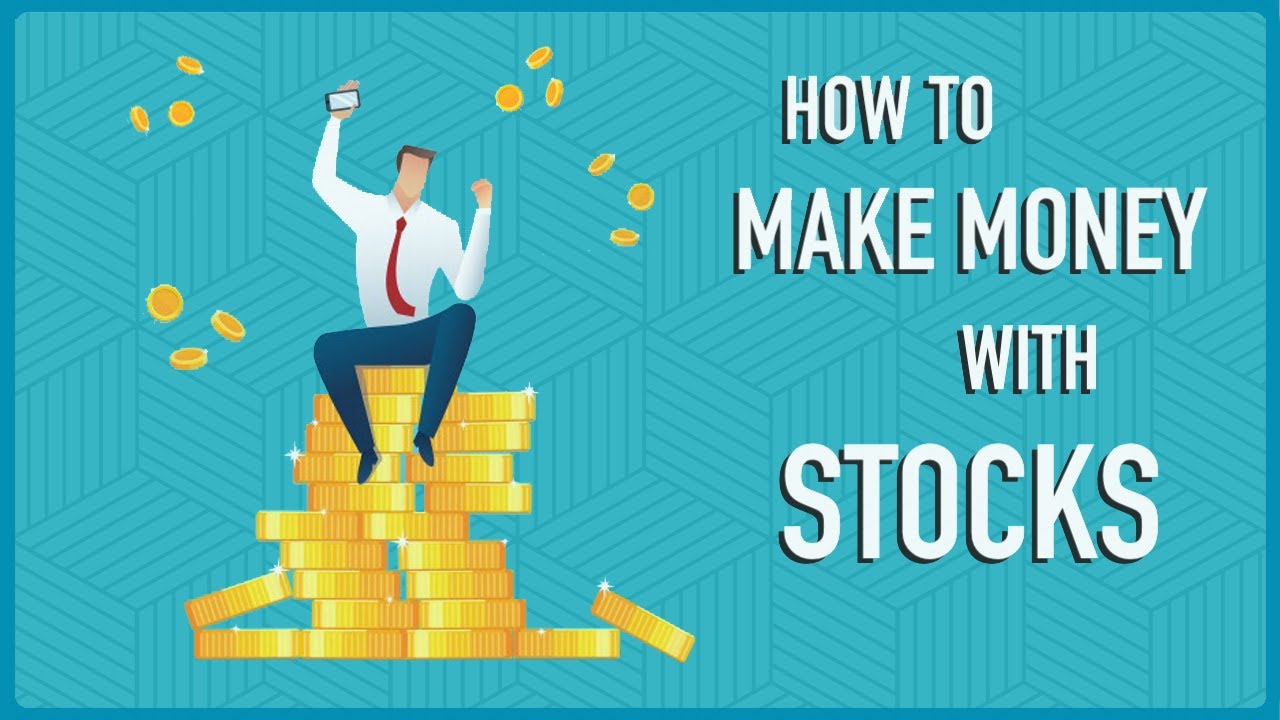
Although an exchange-traded fund (ETF), might seem like a tax-efficient way to invest, it is important to be aware of the tax rules in order to maximize its tax efficiency. An ETF is a financial vehicle that holds stocks, bonds, and other financial assets. They are extremely liquid investments and can be bought or sold like any other stock. However, ETFs are also taxed the same way as mutual funds. ETF dividends can also be subject to tax rules.
The fund's underlying holdings will determine how much dividends an ETF pays. An ETF can pay either qualified or nonqualified dividends. The former are a tax-free cash distribution and the latter are taxed at ordinary income tax rates. Qualified dividends pay between 0%-20% tax. ETFs must own the stock for at minimum 121 calendar days to qualify. The ETF must have paid the dividend for at least 60 days of that 121 day period. The IRS then reports the dividends. The IRS decides if a distribution is qualified.

In addition to the qualified dividends, ETFs may pay nonqualified dividends. The nonqualified dividends are taxed at ordinary income tax rates. Nonqualified dividends are possible on stocks that have been held for less than 60 consecutive days. ETFs don't qualify as the dividend. A nonqualified dividend may be taxed at an ordinary income rate of 10-37%.
ETF dividends can be reinvested in additional shares. This is the easiest way to get maximum benefit. However, the IRS does not require that an ETF reinvest all its dividends. Experts advise investors to take advantage of the market and reinvest the dividends. This may increase your earnings. This takes advantage also of compound interests.
ETFs may also be required to pay special Medicare taxes on their net investment income (NII), if dividends are received. The special Medicare Tax is a 3.8% tax for high-income investors.
Dividend ETFs could be a great way for diversifying your portfolio. You may also be able to generate dividends. This can be helpful in your retirement years. But, you may also realize capital gains if the ETF is sold. This tax can be avoided if you hold the ETF at least for one year. If you sell the ETF before the year ends, you will owe ordinary income tax on the profit. You should also remember that ETFs usually pay their dividends with cash.

ETF dividends will generally be treated as ordinary income. However, the ETF might also have to pay quarterly estimated tax. This tax is usually paid by the investor in addition to their regular income tax. A tax advisor can help determine how much you can save on dividend ETF investments.
FAQ
What is the distinction between marketable and not-marketable securities
The key differences between the two are that non-marketable security have lower liquidity, lower trading volumes and higher transaction fees. Marketable securities, however, can be traded on an exchange and offer greater liquidity and trading volume. These securities offer better price discovery as they can be traded at all times. There are exceptions to this rule. Some mutual funds are not open to public trading and are therefore only available to institutional investors.
Marketable securities are less risky than those that are not marketable. They have lower yields and need higher initial capital deposits. Marketable securities tend to be safer and easier than non-marketable securities.
For example, a bond issued by a large corporation has a much higher chance of repaying than a bond issued by a small business. Because the former has a stronger balance sheet than the latter, the chances of the latter being repaid are higher.
Marketable securities are preferred by investment companies because they offer higher portfolio returns.
How can I select a reliable investment company?
You want one that has competitive fees, good management, and a broad portfolio. Commonly, fees are charged depending on the security that you hold in your account. Some companies charge no fees for holding cash and others charge a flat fee per year regardless of the amount you deposit. Others charge a percentage based on your total assets.
Also, find out about their past performance records. You might not choose a company with a poor track-record. Companies with low net asset values (NAVs) or extremely volatile NAVs should be avoided.
You should also check their investment philosophy. An investment company should be willing to take risks in order to achieve higher returns. If they are unwilling to do so, then they may not be able to meet your expectations.
What is the role of the Securities and Exchange Commission?
Securities exchanges, broker-dealers and investment companies are all regulated by the SEC. It also enforces federal securities law.
Statistics
- Ratchet down that 10% if you don't yet have a healthy emergency fund and 10% to 15% of your income funneled into a retirement savings account. (nerdwallet.com)
- "If all of your money's in one stock, you could potentially lose 50% of it overnight," Moore says. (nerdwallet.com)
- US resident who opens a new IBKR Pro individual or joint account receives a 0.25% rate reduction on margin loans. (nerdwallet.com)
- The S&P 500 has grown about 10.5% per year since its establishment in the 1920s. (investopedia.com)
External Links
How To
How to make your trading plan
A trading plan helps you manage your money effectively. This allows you to see how much money you have and what your goals might be.
Before setting up a trading plan, you should consider what you want to achieve. You may want to save money or earn interest. Or, you might just wish to spend less. You might consider investing in bonds or shares if you are saving money. If you are earning interest, you might put some in a savings or buy a property. Perhaps you would like to travel or buy something nicer if you have less money.
Once you know your financial goals, you will need to figure out how much you can afford to start. This will depend on where and how much you have to start with. Consider how much income you have each month or week. The amount you take home after tax is called your income.
Next, save enough money for your expenses. These expenses include bills, rent and food as well as travel costs. Your monthly spending includes all these items.
Finally, figure out what amount you have left over at month's end. This is your net income.
This information will help you make smarter decisions about how you spend your money.
To get started with a basic trading strategy, you can download one from the Internet. You can also ask an expert in investing to help you build one.
For example, here's a simple spreadsheet you can open in Microsoft Excel.
This graph shows your total income and expenditures so far. You will notice that this includes your current balance in the bank and your investment portfolio.
And here's another example. This one was designed by a financial planner.
It will let you know how to calculate how much risk to take.
Remember: don't try to predict the future. Instead, put your focus on the present and how you can use it wisely.